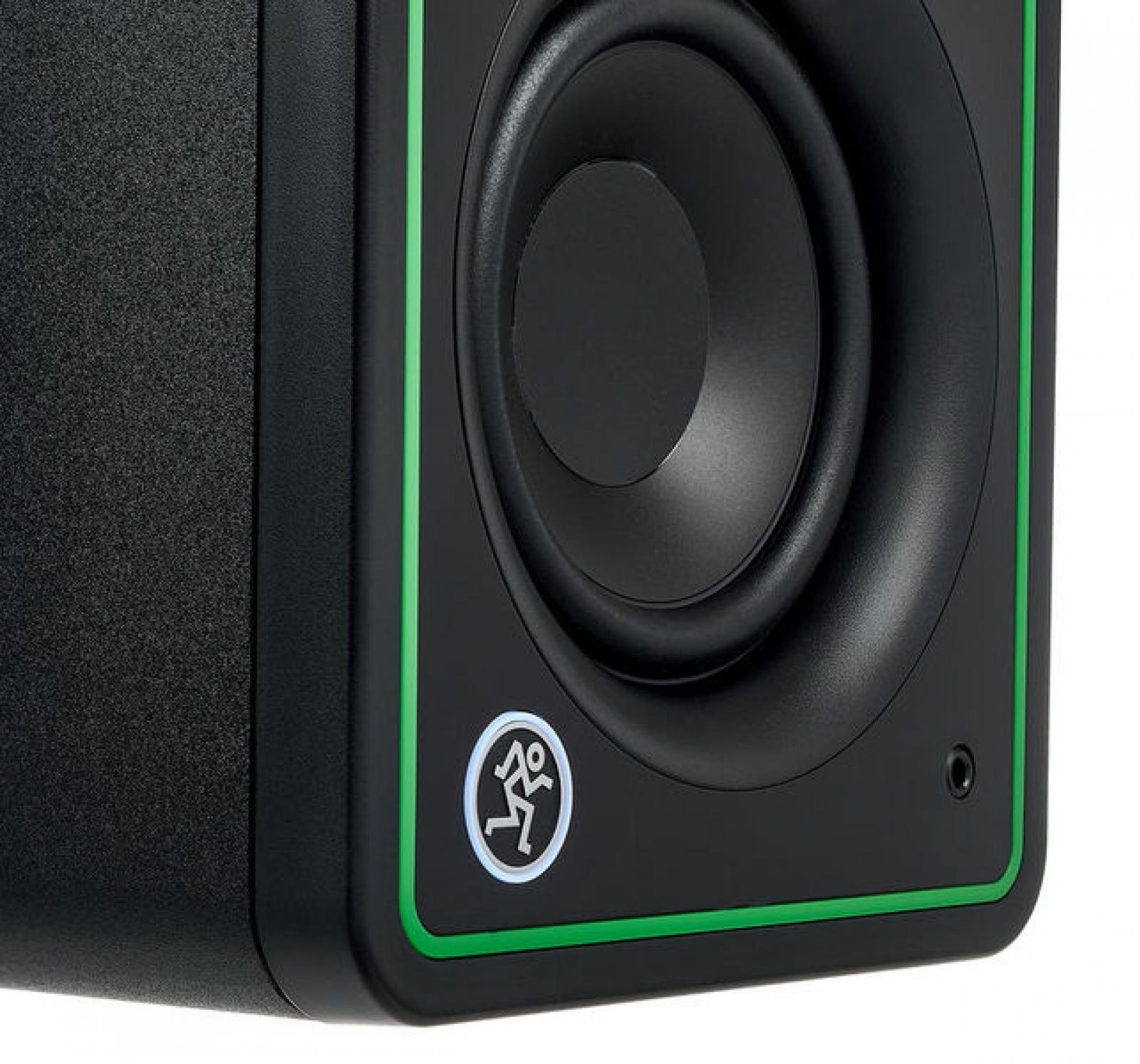With the addition of Linear and Radial Gradient Masks in Capture One, the possibilities for efficient layered workflows have expanded. Let’s go through two examples of how they can be used!
Canon hasn't released the CR3 format specification under an open licence. That means other raw converters than the big ones will not support CR3. I am a darktable user and I will go for Sony if Canon doesn't change its mind. Capture One will get CR3 support for 90D. As a temporary solution, convert CR3 to DNG with Adobe DNG Converter. I received cr3 files from a client to start working on, but I am unable to open CR3 files from a Canon Eos R in Capture One 12.1.1 (latest version on dec 9 2020, not a Sony only, but full version) If I am not mistaken these should be perfectly fine to open in Capture One Pro, but it does not work. Capture One Pro lets you edit files from all major camera brands. Or save with a Capture One version that's just for Fujifilm, Sony or Nikon cameras. Plus, get solutions for business and multi-user teams.
I’m not going to explain in detail how to use the tools, as I will focus more on the examples. In the end of this post, I’ll link to the tutorial to cover the tools themselves.
Capture One Pro 12 just released a couple weeks ago and has support for EOS R CR3 files. Capture One Pro 11 does not (even though C1 12 wasn't out when the camera released) and it doesn't seem it'll be updated for it. Model Version Added Required Run Modes File Support Tethered/Live View Notes; Canon EOS R6: 20 (13.1.2) Pro: CR3: Yes/Yes: None: Canon EOS R5: 20 (13.1.2) Pro: CR3: Yes/Yes.
Example 1: Wedding Portrait
This image has three Layers with Gradient Masks applied to them. Let’s go through them one by one.
Radial Gradient #1
The first Radial Gradient is made very big with most of the top and left part left out of the image. It works like a vignette, but is off-center and focuses more on the foreground than the sky. I pulled down the exposure, contrast and clarity to enhance focus on the couple.
Radial Gradient #2
The second Radial Gradient is made to lift the shadows from the couple’s faces. A fair amount of shadow recovery with some negative contrast help eliminating dark shadows and soften up.
Capture One Cr3 Support
Linear Gradient
The Linear Gradient is created to enhance the misty feeling of the background. I made it asymmetrical to make sure the fall-off into the field and on the couple wasn’t too harsh. The only adjustment here is a lift in curves, in particular the end point.
Before/after
The difference here is the three layers described above. This could of course have been accomplished with manual brushing as well, but the parametric functionality (allowing transforming and moving the gradients) adds to the flexibility of the workflow.
Example 2: Linear Gradient + Luma Range
This image has a single Linear Gradient Mask with a specific Luma Range applied. Let’s see how it’s made.
Linear Gradient limited by a Luma Range
The mask above is limited by the Luma Range shown in the tool. Notice that dark areas are left out to exclude the mountain top, while the brightest areas are left out to exclude the clouds. The bright fall-off is soft to avoid weird transitions in the clouds. Additionally, Radius and Sensitivity make sure the edge of the mask is not too funky.
Crossover 13 for mac. I decreased exposure and saturation to give the sky the look I wanted.
Before/after
The difference on this image is quite dramatic, but still easy and flexible. Both the Linear Gradient and the Luma Range are dynamic, and can be adjusted and transformed if needed.
The sky might be a bit too dark for some of you, but I want to show the power of adding a Luma Range to a Gradient Mask with a visual example.
Tutorials
Want to learn exactly how to use these tools? Watch below!
If you don’t already have Capture One, download a free 30 day trial and try it out.
Are you an Express user? Discover all you can do when you upgrade to Capture One Pro.

Capture One Pro 20 Cr3
Alexander Flemming
Alexander works as a Product Manager at Capture One. Previous experience as a Test Engineer along with 10 years of photography have provided Alexander with a broad understanding of the many technical advantages of Capture One Pro.
Capture One Pro Cr3
Follow Alexander Flemming
